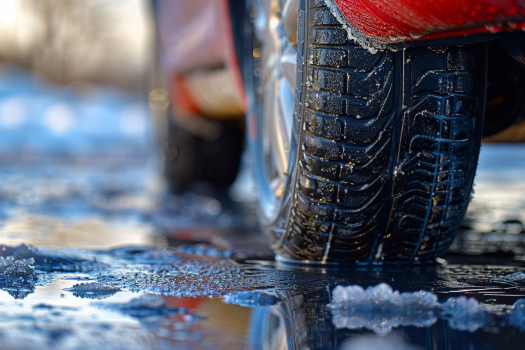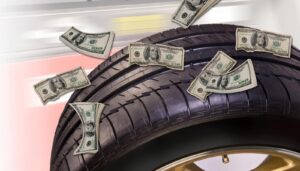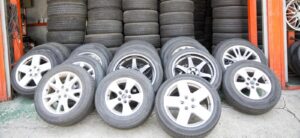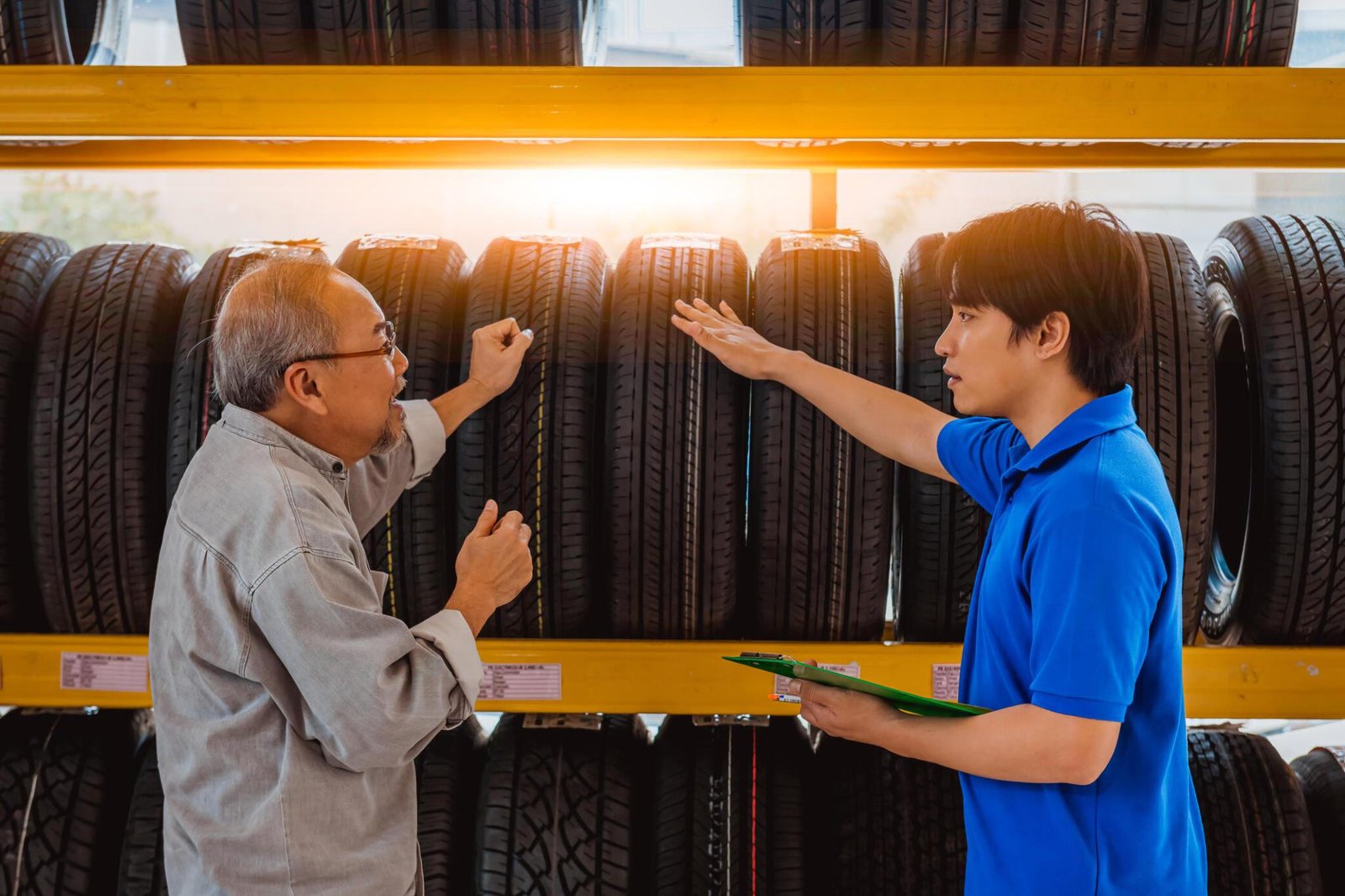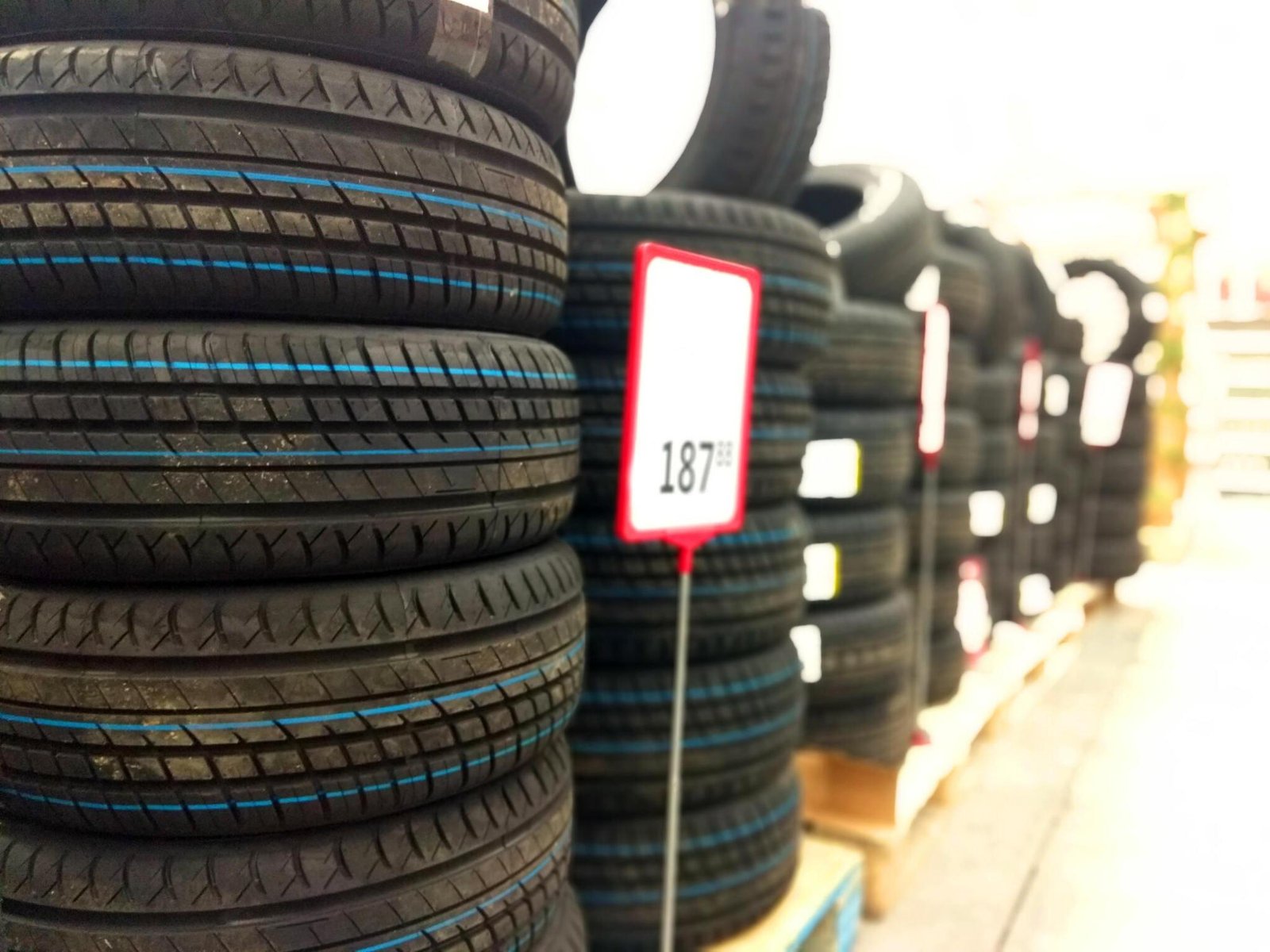Last Updated on November 29, 2023
Keeping Your Tires Round and Safe with Flat Spotting
It’s been another chilly week. Your car or truck is parked outside. You open the door, slide into the seat, click into the seat belt, turn the key, and go off. Instead of the smooth ride you expected, it’s all bumps and thumps, and the car seems to be vibrating.
The chances are your tires developed flat spottings when the weight of your vehicle pushed on them for an extended period on the cold street. Your tires spread out a bit and flattened where they touched the road. Because of the cold weather, the rubber stiffened, and the flat spots were still complex and balanced as you drove away.
That bumping noise is the flat spot on your tires slapping against the street.
Understanding the Annoyance of Flat spotting
Your car has been parked for a while, possibly due to an extended vacation or remote work. When you finally hit the road again, you notice an unsettling thumping sound from your tires. This could be a sign of flat spotting, a common issue when tires stay in one place for too long. This guide into what flat spotting is, why it happens, and, most importantly, how to prevent it.
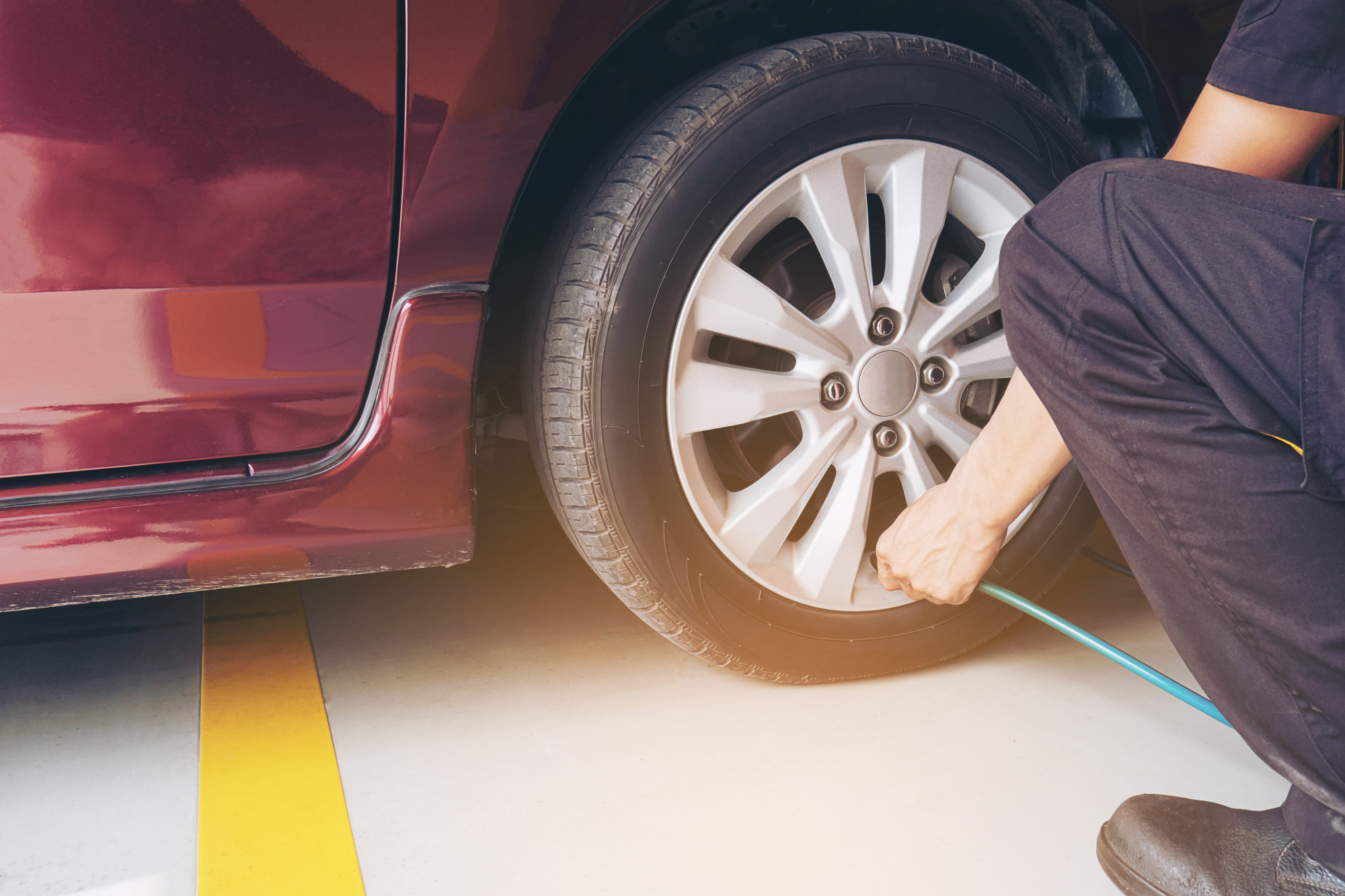
What is Flat spotting?
Flat spotting occurs when a tire presses down on a particular spot for an extended period. This constant pressure causes a flat place on the tiretire’sface, leading to an uneven ride and potential tire damage.
Flat spotting is when your tires develop flat areas on the tread due to prolonged periods of inactivity. When you start driving again, these flat spots can cause an uneven and bumpy ride.
In this guide, we’ll learn what flat spotting is, why it happens, and how you can prevent it from occurring in the first place. Let’s keep your tires round and smooth!
Why Does Flat Spotting Happen?
Tires are made of flexible rubber compounds, and when they areretionary for a while, especially in colder temperatures, they can lose their round shape and develop flat spots. This can happen during long-term parking, seasonal storage, or simply if your car sits idle for an extended period.
Have you ever hopped in your car after it’s parked for a while and felt an annoying thumping or bumping sensation? That’s a sign of flat spotting, which any driver enjoys.
But why does flat-spotting happen in the first place? This guide will unravel the reasons behind this common tire issue, helping you understand its science and how to prevent it from affecting your tires.
The Science of Flat Spotting
Understanding the science behind it can help you effectively prevent and address flat spots on your tires. So, let’s dive into the intriguing world of flat spotting.
Why It Happens:
- Rubber’s Nature: Tires are made of flexible rubber compounds. When a vehicle drags down on the same spot for a long time, especially in colder temperatures, the rubber can lose its round shape and develop flat areas.
- Long-Term Parking: Flatspotting often happens when a car remains parked for an extended duration. This can occur during vacations, seasonal storage, or if your vehicle sits idle for other reasons.
The Telltale Signs:
So, how do you know if flatspotting has occurred? You’ll you’ll
Well, there are some telltale signs, like an unwelcome guest leaving its mark. In this section, we’ll examine these signs so you can quickly identify if flat spotting is causing those annoying thumps and bumps while you’re on your road.
- A rhythmic thumping or bumping sound as you drive.
- Vibrations in the steering wheel or throughout the vehicle.
Preventing Flat spotting:
Preventing flat spotting is like giving your tires a bit of TLC (tender loving care). Flat spotting happens when your tires sit still for too long and develop flat spots on the tread. This section will share some simple but effective steps to keep your tires round, smooth, and ready to roll.
The good news is that flat spotting is preventable:
- Regularly Drive Your Vehicle: Even if you’re your car daily, take it for short trips every few weeks to distribute the tire’s tire and prevent flat spotting.
- Proper Inflation: Maintain the recommended tire pressure, as underinflated tires are more prone to flat spotting.
- Use Tire Supports: When parking for an extended period, consider using tire supports like jack stands or wheel chocks to alleviate some weight from the tires.
- Tire Rotation: Regular tire rotations ensure even wear and reduce the risk of flat spotting.
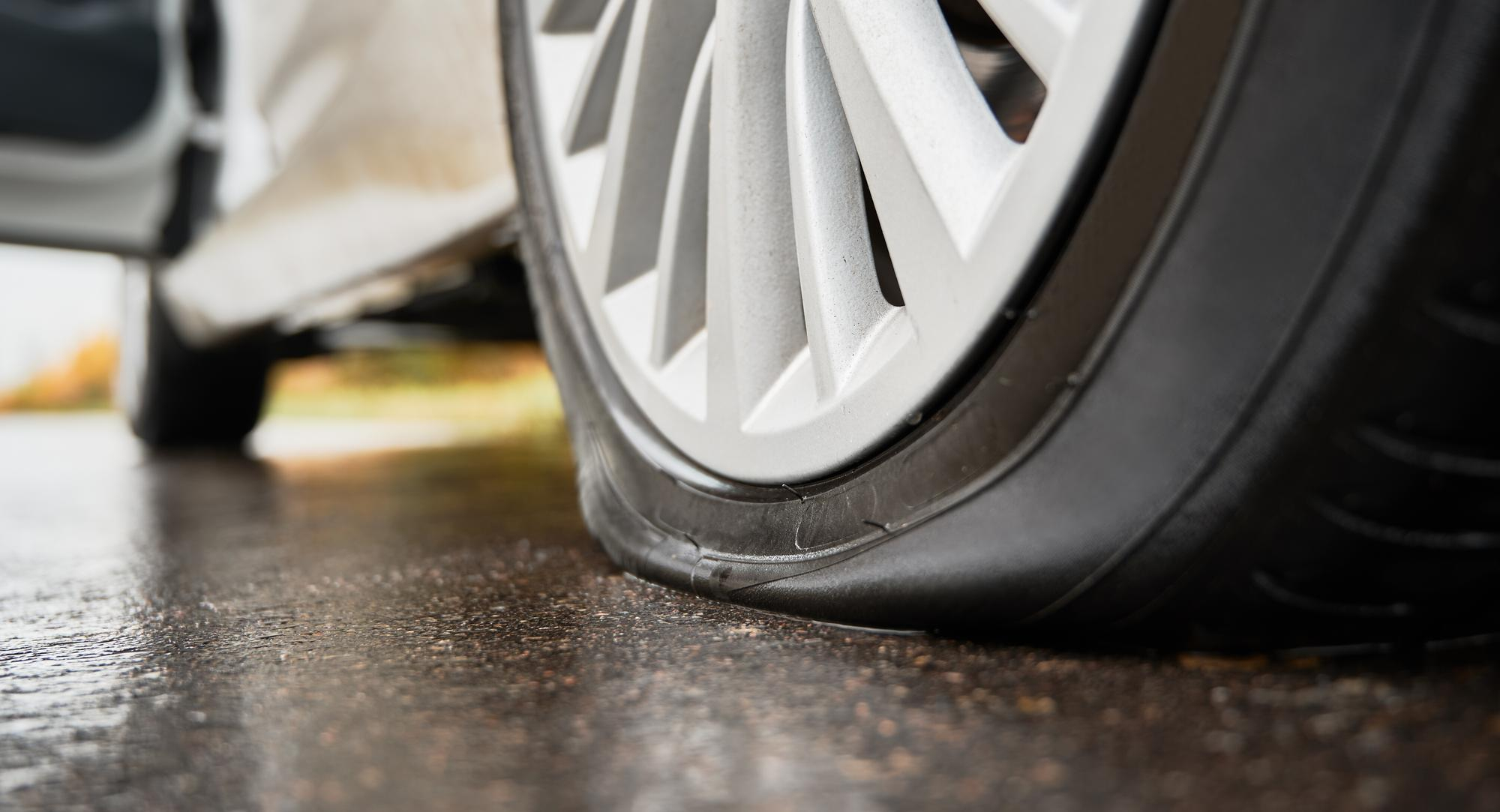
Why High-Performance Tires Are Prone to Flat Spotting
High-performance tires are particularly prone to flat spotting. Because they are softer than other tires and designed to hang onto the road and corner at very high speeds. Smoother, more flexible rubber compounds can better grip the road.
High-performance tires are prone to flat spots for three reasons
1) More flexibility, so they flatten more easily when parked.
2) Wider footprints, so they pick up the temperature variations of the road more quickly.
3) Stiffer and shorter sidewalls that do not bulge much underweight, so the tread on the bottom of the tire flattens out more on the road.
Don’t check the air in your tires, and remember that if you encounter the thump of a flat spot when you start moving, it should go away as you keep driving.
Conclusion
Flat spotting is like an unwanted guest showing up when your tires idle for too long. Following these prevention tips ensures your tires remain round, smooth, and ready to roll. So, whether you’re breaking from driving or your vehicle is parked for a while, a little care can go a long way in keeping your tires in tip-top shape and ensuring a smoother, safer ride on the road.
FAQs
What should I do if my tires develop flat spots?
Most of the time, you can drive away the flat spots. As you go, your tires will get warmer and more flexible. Most of the time, they will be around again within 15 minutes of driving.
Unfortunately, there are cases when flat spots become permanent. That can happen when a heavy vehicle is parked on a cold surface for an extended time, usually several months.
What can I do to avoid flat spotting?
Make sure your tires have the correct amount of air pressure. When tires are low on air, they cannot hold a load, as well as when they are correctly inflated.
Be careful not to park your heavily loaded vehicle on a cold surface for weeks.
If you have a hefty load, you might consider jacking up your vehicles to take some pressure off your tires.
Which tires are more likely to develop flat spots?
You might be surprised that it is not price that determines whether you get flat spots. Sometimes, the most modern tire compounds are the most vulnerable.




